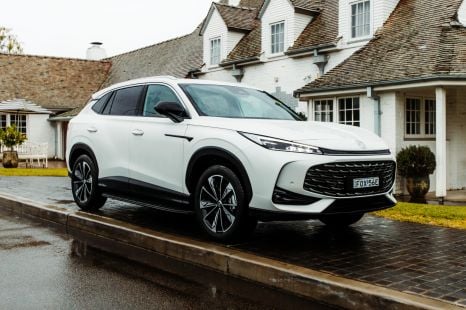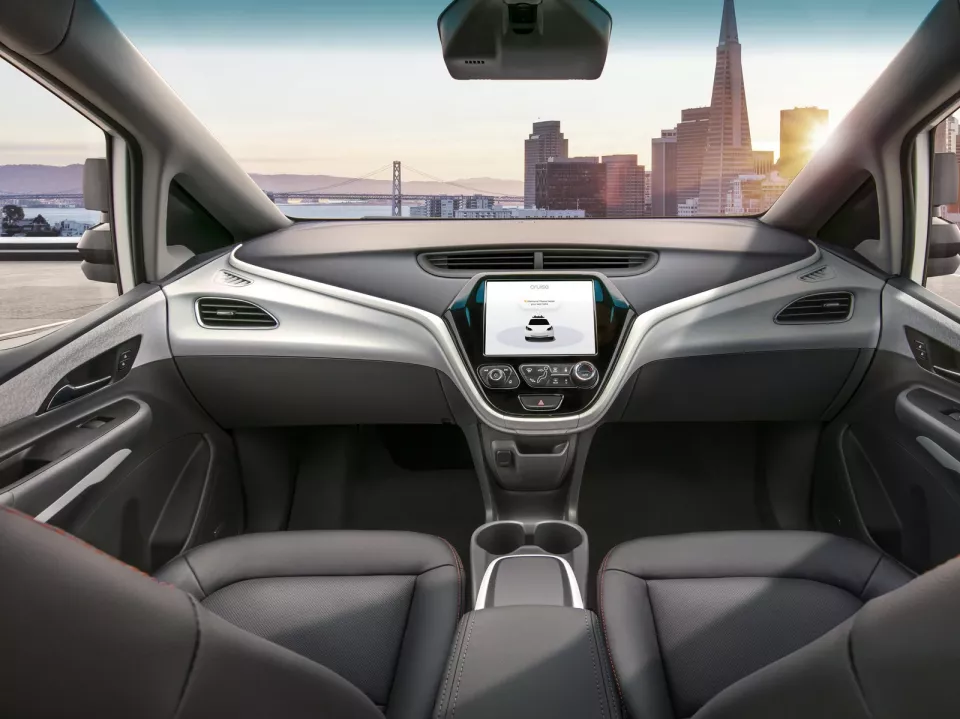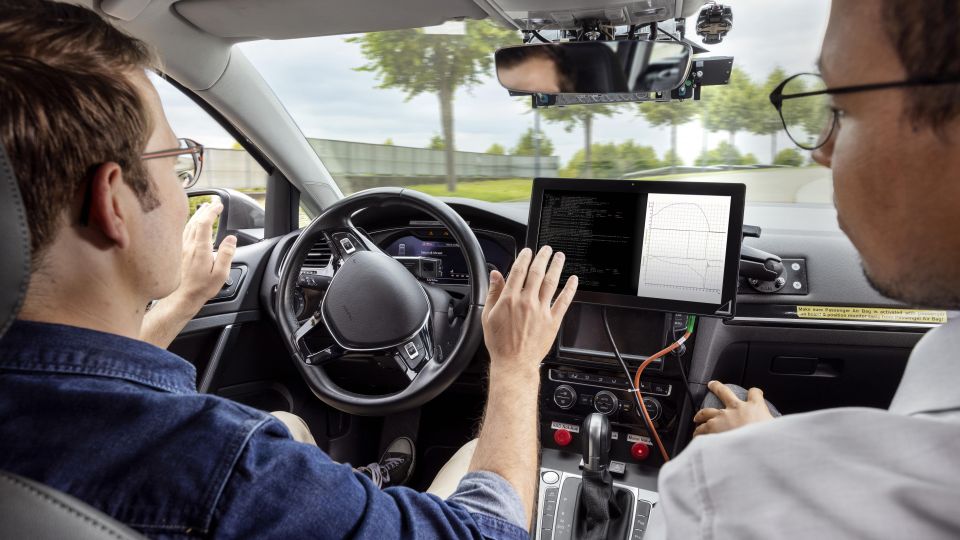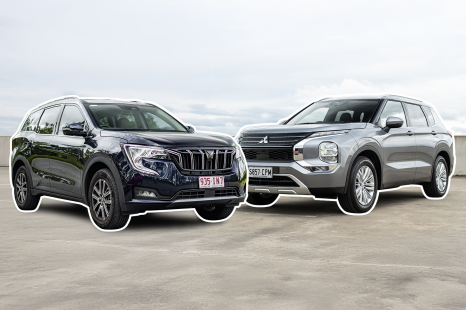

James Wong
3 Days Ago
New rules for carmakers in the USA have opened the door for self-driving cars without a steering wheel or pedals.

Publisher


Publisher
Futuristic cars without a steering wheel are a step closer to reality, on the back of changes to US regulations.
The US National Highway Traffic Safety Administration (NHTSA) last week removed the requirement for fully automated vehicles to feature manual driving controls in order to meet decade old crash standards.
Although Level Four or Level Five autonomous driving is still some time away, and there aren’t currently any fully automated vehicles available to purchase, the rule change means manufacturers have the freedom to ditch the steering wheel and pedals without falling foul of American vehicle manufacturing and crash safety regulations.
With the likes of Tesla, and even companies like Apple, working on self-driving cars, the industry has had to navigate regulations designed at a time vehicles always needed to be under full human control.

In February, General Motors self-driving technology unit Cruise asked the NHTSA for clearance to engineer and bring to life a fully self-driving vehicle with no steering wheel or pedals.
The conversation around changing these rules started in March 2020, and has been an ongoing process. The main changes are to rules requiring vehicles to “always have a driver’s seat, a steering wheel and accompanying steering column, or just one front outboard passenger seating position”.
The NHTSA is adamant that while the rules may have changed, the replacement driving system needs to provide equivalent levels of safety to an attentive human driver.
“As the driver changes from a person to a machine in [autonomous driving system]-equipped vehicles, the need to keep the humans safe remains the same and must be integrated from the beginning,” said NHTSA deputy administrator, Steven Cliff.

The change raises the question of whether you’d need a licence to operate an autonomous car, and whether these vehicles can be used to transport minors. For now, the NHTSA rules says children should not occupy what is currently regarded as the driver’s seat due to the airbag position.
The NHTSA does say, however, an autonomous vehicles does not have to immediately cease motion if a minor is in the driver’s seat. No doubt a rule that is very much open to interpretation.
It doesn’t take a technologist to realise that it’s a matter of time before we have fully autonomous vehicles driving around, but how we get there and what the cost will be remains to be seen.
The third edition of Australian Design Rules (ADR) were remade as national vehicle standards in September 2006, and don’t take fully autonomous vehicle requirements into consideration.
In fact, ADR42/05 specifically lays out the requirements for human controls and their design.
Alborz is the founder of CarAdvice (sold to Nine and now Drive) and co-founder of CarExpert. He is an honourary adjunct professor & entrepreneur in residence at the University of QLD. He loves naturally-aspirated V8s, V10s and V12s and is in denial about the impending death of the internal combustion engine. The best way to reach him is via Instagram.


James Wong
3 Days Ago


Andrew Maclean
3 Days Ago


Max Davies
3 Days Ago


Max Davies
2 Days Ago


Josh Nevett
2 Days Ago


Max Davies
1 Day Ago